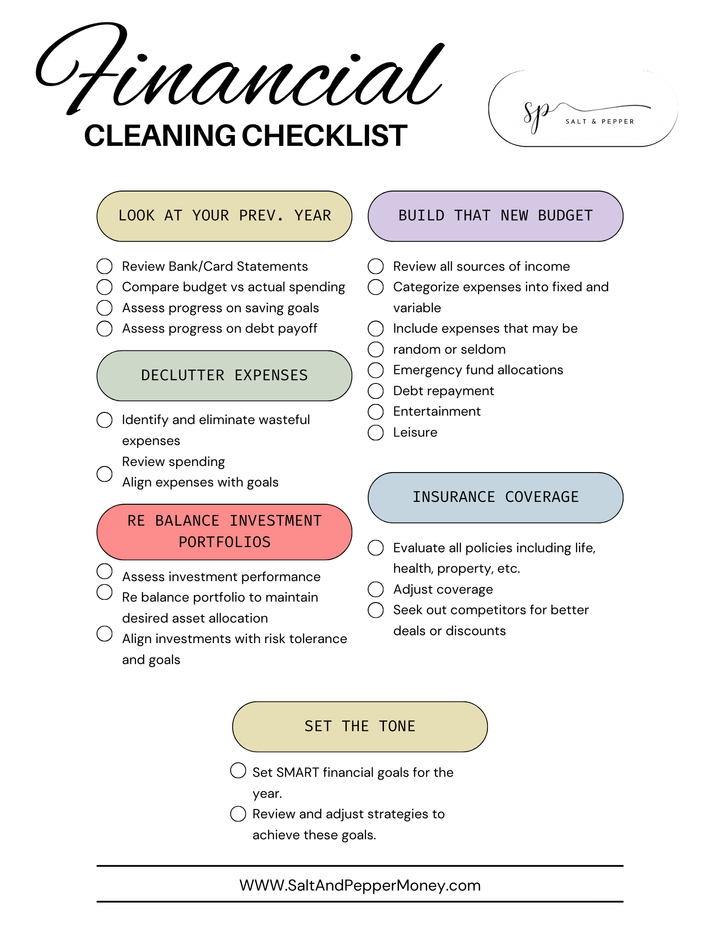Saving Your Wallet and Waistline: 7 Tips to Eating Healthy on a Budget
Eating healthy on a budget is possible! Shop in bulk, try plant-based proteins, reduce waste, and experiment with leftovers. With a bit of planning, you can enjoy nutritious meals without overspending. Give it a try and save money while still eating well!

Doesn’t it always feel like summer is around the corner or is your spouse always trying to sneak in a last-minute beach trip? Well if you’re like me you probably sound a lot like “I only eat and drink like this during the holiday season” or “I’m enjoying the extra time with family and friends, I’ll get the diet back on track after the new year.” Then before you know it you’re going to Cancun in a month and look like Homer Simpson.
Yeah…not too settling. So naturally, the crash diet begins because you want to make sure people don’t get confused as to whether you belong in the pool or the ocean. But here comes another gut punch…you’re ready to eat healthily and get fit but you walk into the grocery store and see egg prices have increased 138%. Meanwhile, it seems like the shit food prices don’t budge. So what the hell are we supposed to do!?
Lucky for you, you came to the right place. There are some tips, tricks and certain marketing traps to avoid to help keep more money in your pocket at the register.
What Does Eating Healthy Even Mean?
Hold up, before we start penny-pinching, let's talk about how to eat healthily without breaking the bank.
Healthy eating means nourishing your body with whole foods. And while there's no one-size-fits-all approach to healthy eating, everyone can find a balanced diet that tastes good and makes them feel good (sorry, junk food lovers).
Contrary to popular belief, healthy eating doesn't have to be a budget buster. Sure, those fancy buzzwords on food labels like "organic" or "alternative" might make you feel like a health guru, but they often come with inflated price tags. However, you don't need to load up on these pricey items to eat healthily.
Whether you opt for frozen or regular blueberries, you'll still get the same benefits (mind blown). So, buying organic can be an option, but it's not the only way to fuel your body with nutritious foods.
Hold onto Your Wallets: Just How Much Have Prices Skyrocketed?
Some of these price increases are absolutely insane. Had me hitting this pose…

Here are some of the increases on common grocery items (have a trash can nearby in case you get nauseous).

Here’s how those numbers look as a percent increase:
- Eggs – 138% increase
- Butter – 39% increase
- White Bread – 22% increase
- Milk – 13% increase
Looks like I need to find an alternative to my morning omelet.
7 Tips for Slashing Prices at the Grocery Store
1.) Master Meal Planning
Let's talk meal planning, shall we? Apparently, it's a great way to save some dough at the grocery store (who knew?!). You can start by choosing two to four meals that include different proteins, grains, and veggies to cook at home each week.
And here's the kicker: you should also decide on a specific day to cook each meal. That way, you can prep multiple servings for leftovers and avoid having to cook a meal spontaneously after a long day (ain't nobody got time for that). Choosing a more relaxed day to cook and sticking with it can make all the difference.
2.) List It and Love It
Continuing with our quest to eat healthy on a budget, showing up to the store with a plan is crucial (no aimless wandering or impulse buys, people).
To make the most of your grocery list (and your hard-earned cash), follow these steps:
- Decide which meals you want to cook for the week.
- Next, write down all the ingredients you need for each recipe.
- Then, take a closer look at your list and see if there are any ingredients you can mix and match between recipes. For example, if you need spinach for one meal and baby kale for another, just choose one of the greens and use it for both dishes (boom, two birds with one stone).
- Still with me? Great. Now, condense your list further by seeing which ingredients you may already have at home or want to substitute.
- Lastly, and perhaps most importantly, don't hit up the grocery store on an empty stomach. Apparently, you're more likely to pick up unnecessary products when you're hangry (who knew?).
3.) Bulk Up Your Savings
Speaking of saving money (and who doesn't love that), did you know that bulk supermarkets can be a game-changer when it comes to grocery costs? Yep, research shows that compared to specialty stores or regular ol' grocery stores, buying in bulk can help you keep more of your hard-earned cash in your pocket. Plus, for some families, low-price bulk items are crucial for being able to afford a healthy diet.
Focus your bulk-buying efforts on foods that are easy to store, like rice, pasta and canned goods. And if you decide to buy produce in bulk, freeze some of it when you get home to make it last longer. When it comes to meat and poultry, buying in bulk can also be a smart move, but be sure to separate it into smaller portions before freezing.
A quick word of caution, though. The goal here is to eat healthy on a budget not just stock up on budget food (i.e. cereal, cookies, chips). Trust me, having a lifetime supply of Oreos in your pantry is not exactly conducive to a healthy lifestyle (although it does sound pretty tempting).
4.) Love your Leftovers
Let's talk leftovers! They're great for saving time and reducing food waste, but to make the most of them, you need a plan. Try doubling recipes or making extras of individual base ingredients that you can repurpose later. And if you're always cooking, consider making larger portions to save you from preparing meals on hectic days.
To store leftovers safely, invest in airtight food-grade containers and put them in the fridge or freezer as soon as possible. And here's a pro tip: Mason jars are great for storing soups and stews. Oh, and don't worry about putting hot food in the fridge—it's actually recommended by the USDA.
5.) Freeze Your Way to Savings
Continuing on our quest to save money (and eat healthily), let's talk about frozen produce. It's one of the easiest and most budget-friendly options out there! And the best part? You don't have to sacrifice nutrition. In fact, research shows that frozen food can have the same (or even higher) vitamin content as fresh produce.
Sure, some nutrients like beta carotene may decrease in frozen foods, but there's really no downside to buying frozen produce — especially when it's cheaper. Pro tip: if you have any fresh produce that's about to go bad, just pop it in the freezer to make it last longer.
6.) Beef Up Your Savings: Cut Down on Meat Spending
As a meat eater from Texas, I get it. The thought of surviving on beans and tofu is enough to make any carnivore cringe. But let's face it, meat can be pricey. And if you're looking to save some cash (or the planet), incorporating more plant-based recipes into your weekly menu might just do the trick.
Don't worry, I'm not suggesting you give up meat entirely (let's not get crazy). Try making eggs the star of some dishes and opting for less expensive cuts of meat (we see you, pot roast). And here's some good news for all you penny-pinchers out there: plant-based protein sources like legumes, quinoa, nuts, and seeds are not only inexpensive, but they're also packed with protein, fiber, vitamins, and minerals.
Plus, you can buy them in bulk, which means you won't have to run to the store every time you want to make a dish (win-win). So go ahead, give those beans a chance.
7.) Embrace the Generic
Psst, wanna know a secret to saving money at the grocery store? Try store-brand (aka private-label) items. They're just as safe and nutritious as those fancy brand-name products, but with a smaller price tag. Plus, they often contain the exact same ingredients (I mean, what even is the difference between a name-brand can of beans and a store-brand one?).
But wait, how do stores get away with charging less for their own branded foods? grocery stores can offer these budget-friendly options because they don't have to worry about things like advertising costs or research and development. So, you can save some serious dough by swapping out just a few brand-name products for their store-brand counterparts.
Salt’s Takeaway
So, there you have it folks – eating healthy on a budget doesn't have to be a chore or mean living off of ramen noodles. With a little bit of planning, some savvy shopping tricks, and a willingness to experiment with new recipes (and maybe even some beans), you can eat well without breaking the bank. And who knows, you might even find yourself enjoying the challenge of creating tasty meals on a budget. So go forth and conquer that grocery list. Your taste buds (and your wallet) will thank you.




Comments ()